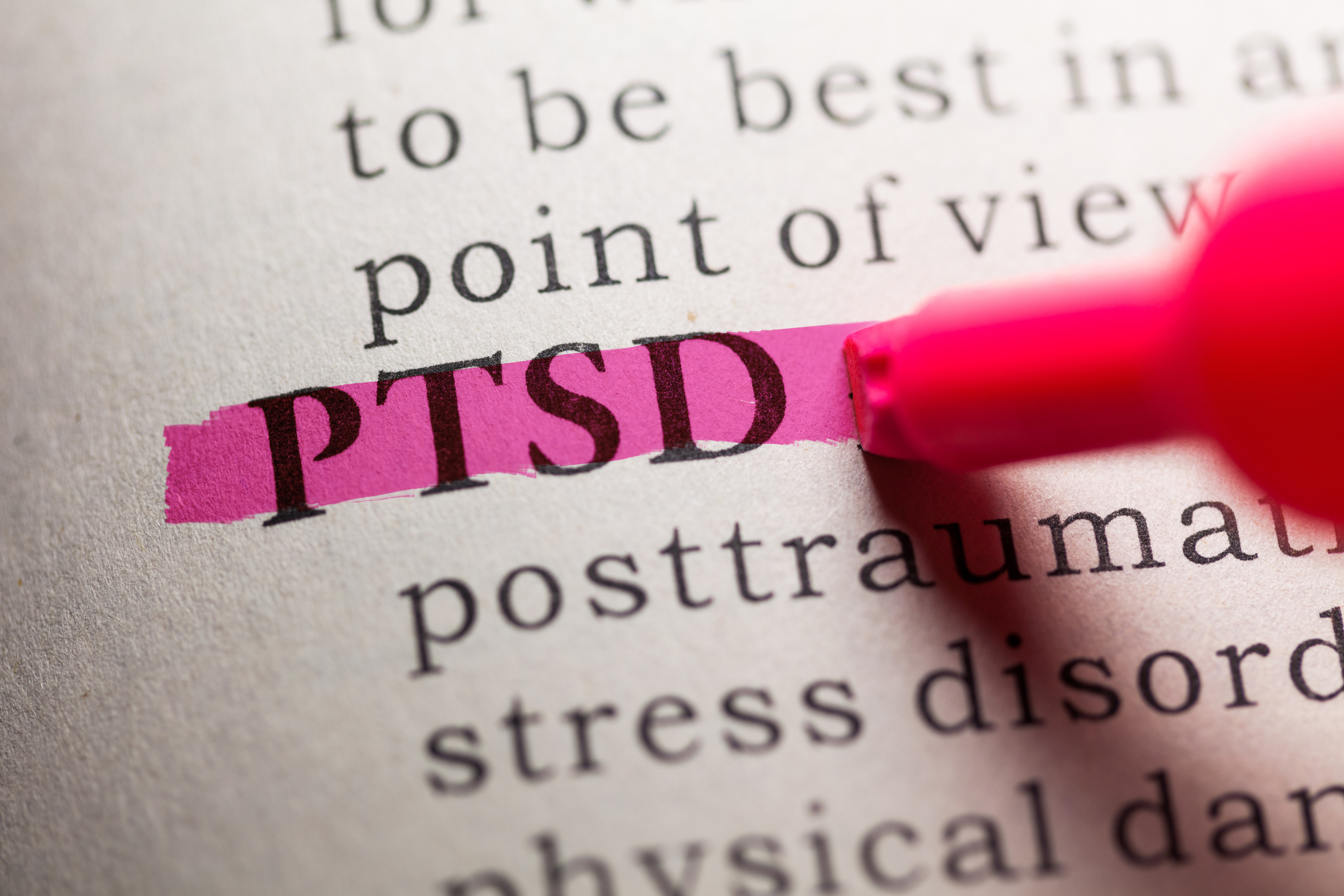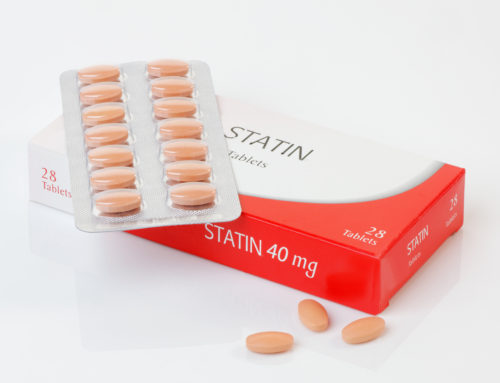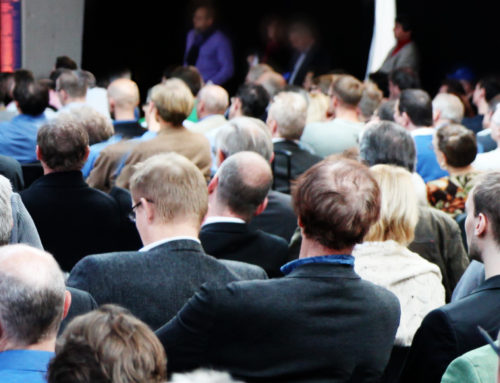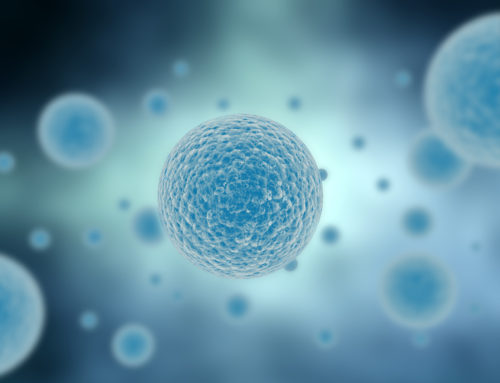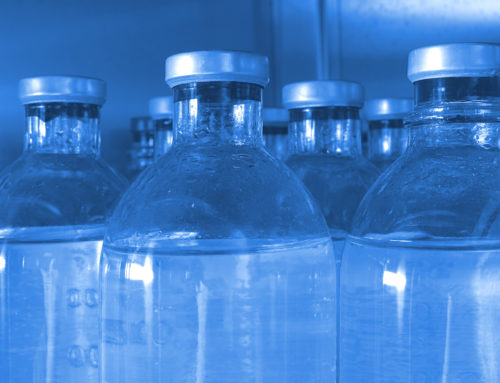N-acetylcysteine, when combined with group cognitive behavioral therapy (CBT), reduced symptoms of post-traumatic stress disorder (PTSD), cravings, and depression significantly more than CBT alone in veterans with co-occurring PTSD and substance use disorder, a particularly difficult-to-treat population, according to the findings of a randomised controlled pilot trial conducted by researchers at the Medical University of South Carolina (MUSC) and the Ralph H Johnson VA Medical Centre.
This trial is the first to use NAC as a pharmacotherapy for PTSD and a broad range of SUDs. The results were published online ahead of print in the Journal of Clinical Psychiatry.
‘Addiction goes along with virtually every psychiatric disorder at a higher percentage than it does in the general population,’ said Peter W Kalivas, PhD, the senior author on the article and chair of the Department of Neuroscience at MUSC.
‘People who are prone to psychiatric disorders are also prone to addiction.’
Currently, there are no well-explored pharmacological treatments for patients with co-occurring PTSD / SUD. Although selective serotonin reuptake inhibitors have been approved by the FDA for treatment of PTSD, pharmacological treatments for co-occurring PTSD / SUD have yielded suboptimal results.
Groundbreaking basic science research by Peter has shown that levels of glutamate transporters are decreased in SUDs and that administration of the antioxidant N-acetylcysteine can help restore those levels and guard against relapse in animal models of SUD. Because evidence suggests that SUDs and PTSD share overlapping neurobiological pathways, Sudie E Back, PhD, lead author on the article, hypothesised that NAC treatment with CBT would be a novel approach to treat co-occurring PTSD and SUD. Sudie is a Professor in the Department of Psychiatry and Behavioral Sciences at MUSC and a Staff Psychologist at the Ralph H Johnson VA Medical Centre.
In the eight-week randomised controlled trial, 35 veterans with PTSD and SUD, all of whom were receiving for their SUD, were randomised to either 2400 mg / day of NAC or placebo. The average age of the veterans was 49 years and many were veterans of the Vietnam War. To be included, veterans had to have abstained from substance use for at least seven days. Of the veterans enrolled in the trial, 83 per cent completed it, a very high rate for this difficult-to-treat population.
Veterans in the NAC-treated group showed a 46 per cent reduction in PTSD symptoms, compared with a 25 per cent reduction in the placebo group on the Clinical-Administered PTSD Scale (CAPS), which assesses trauma history and symptom severity. The threshold CAPS score for diagnosis of PTSD is 50.
‘As a group, the NAC-treated veterans were below diagnostic level for PTSD at the end of treatment,’ said Peter.
‘For PTSD, these are some of the best outcomes we have seen in the literature for a medication.’
Craving and depression were also reduced in the NAC-treated group. The amount of craving was reduced by 81 per cent and the frequency of craving by 71 per cent in the NAC group, compared with 32 per cent and 29 per cent in the placebo group.
‘Craving is a key component of substance use in relapse,’ said Peter.
‘If you have a medication that can really reduce craving, that will go a long way to helping people stay clean and sober.

